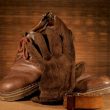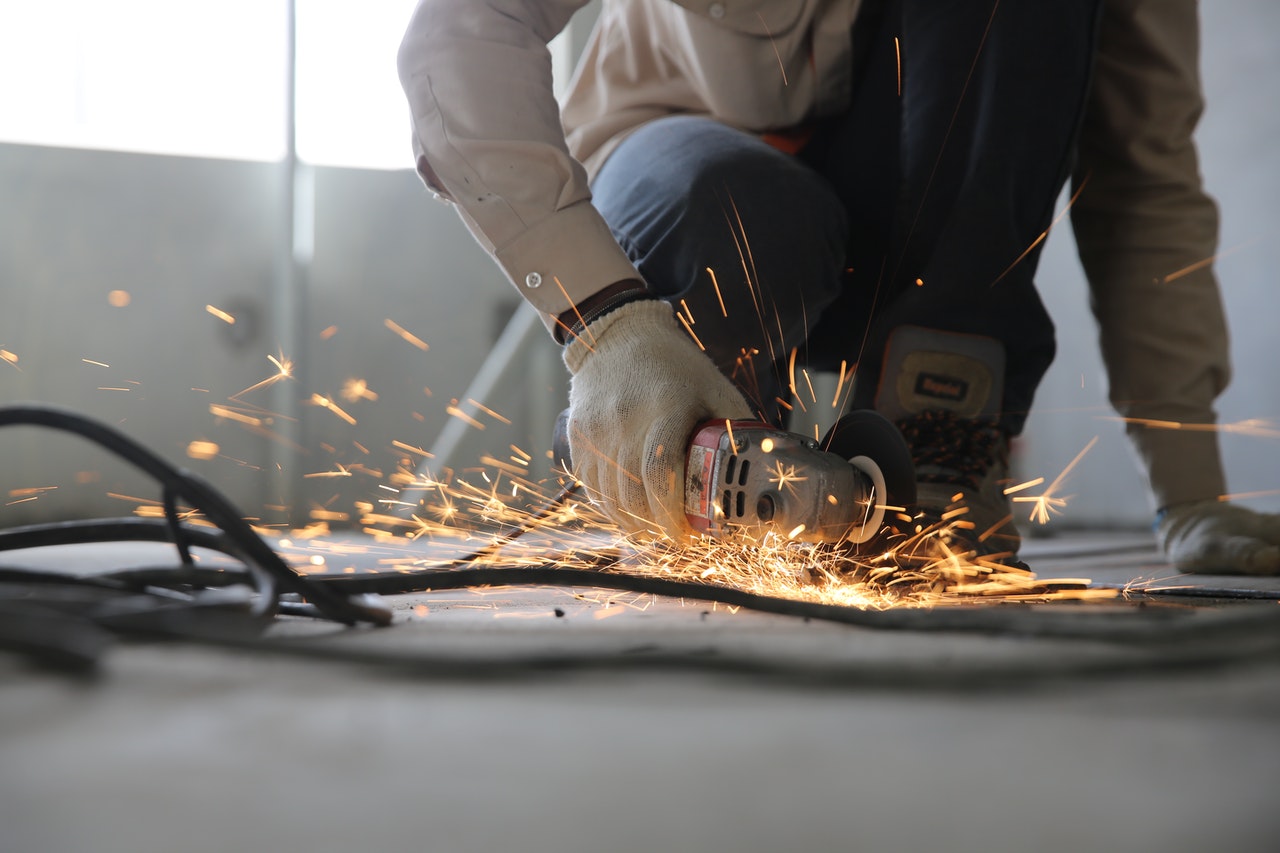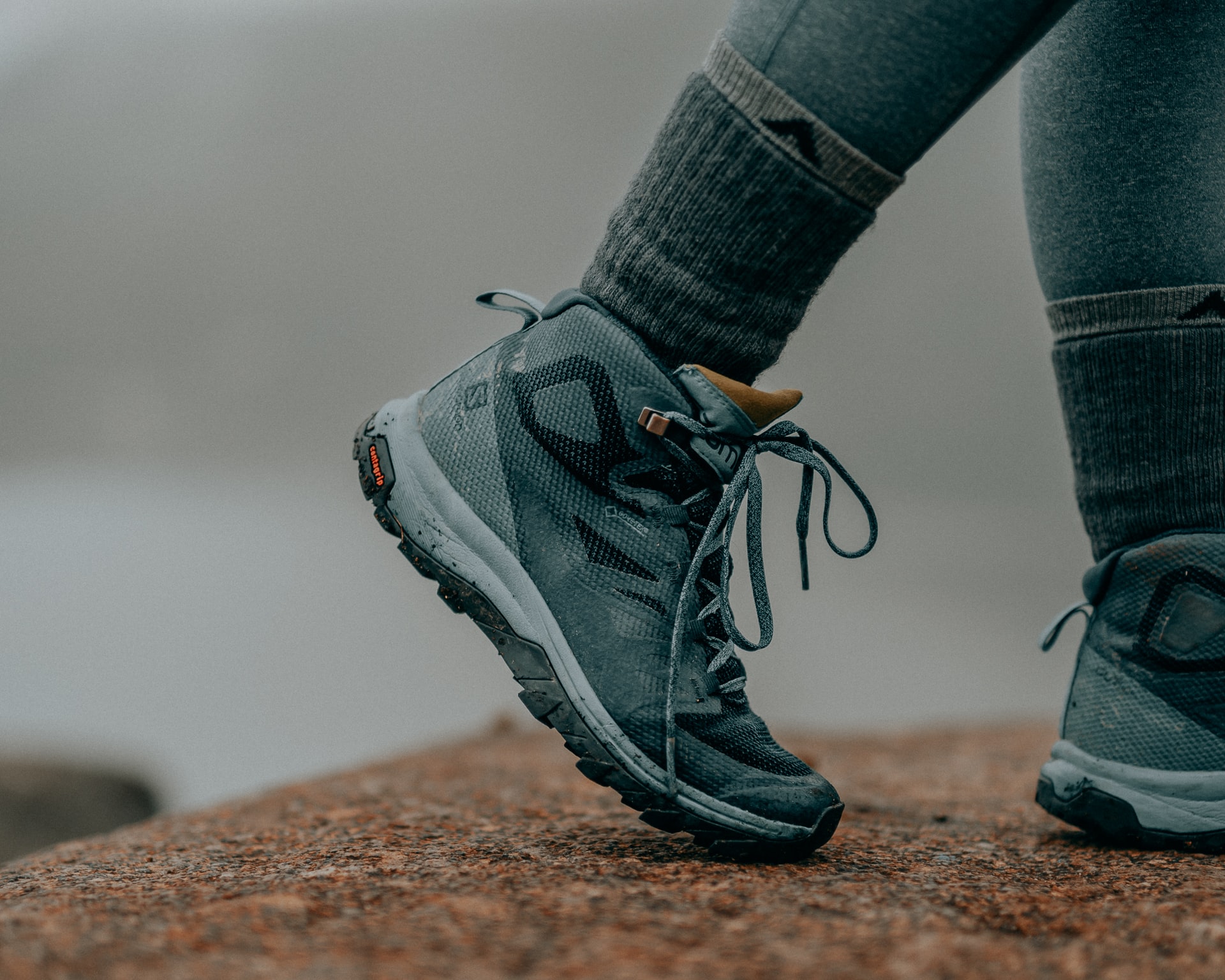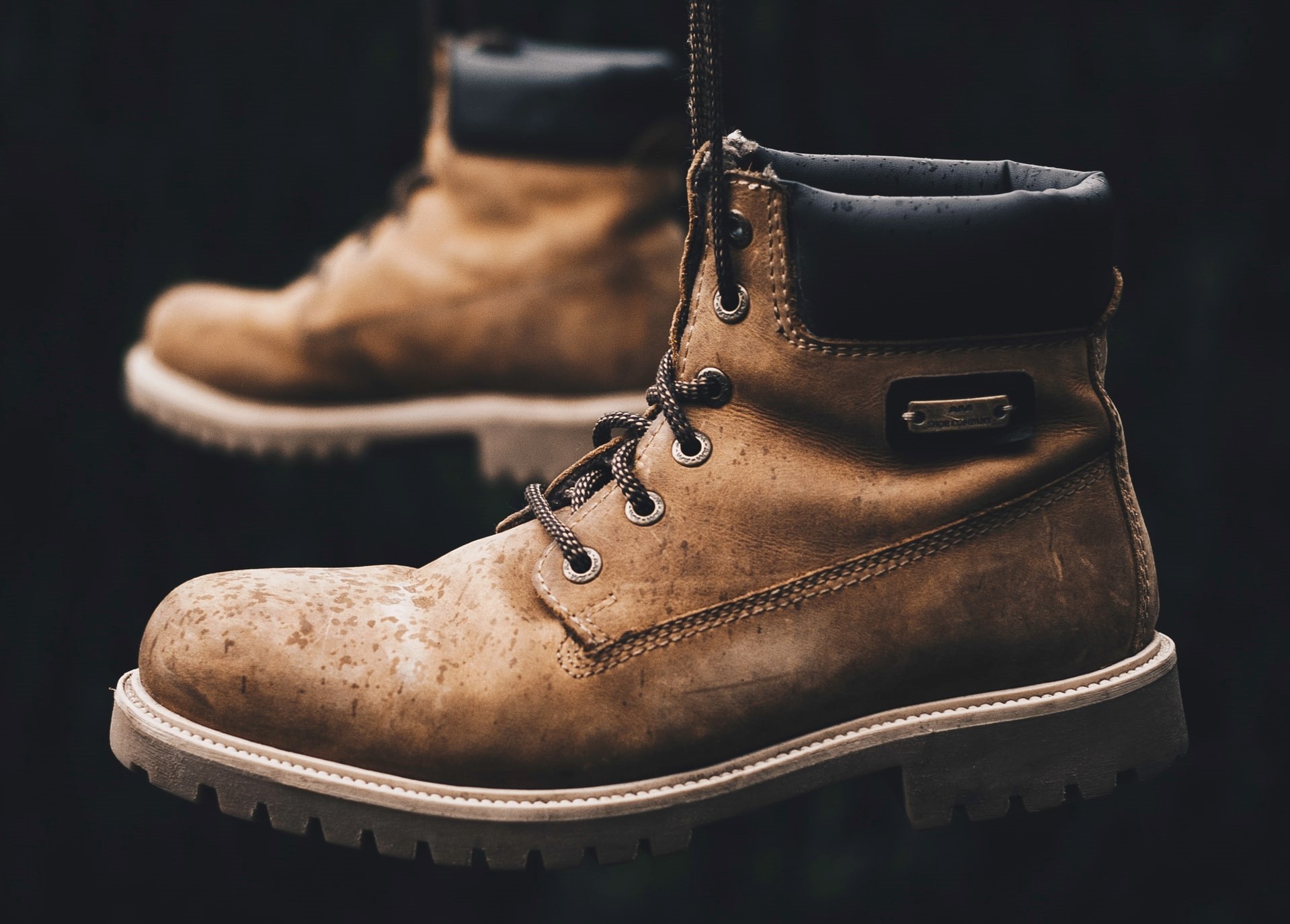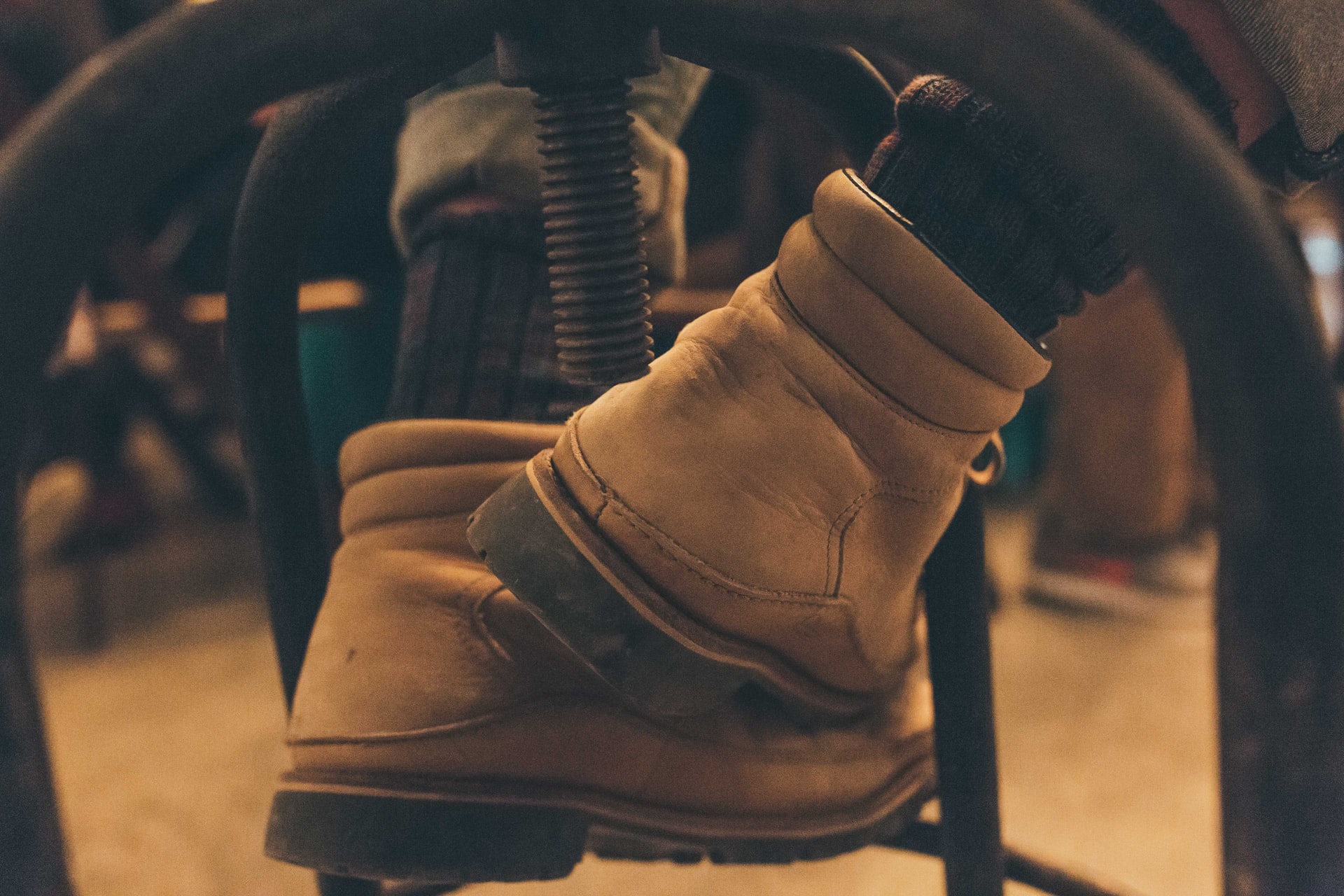Workwear Guru is reader-supported. When you buy through links on our site, we may earn an affiliate commission. Learn more
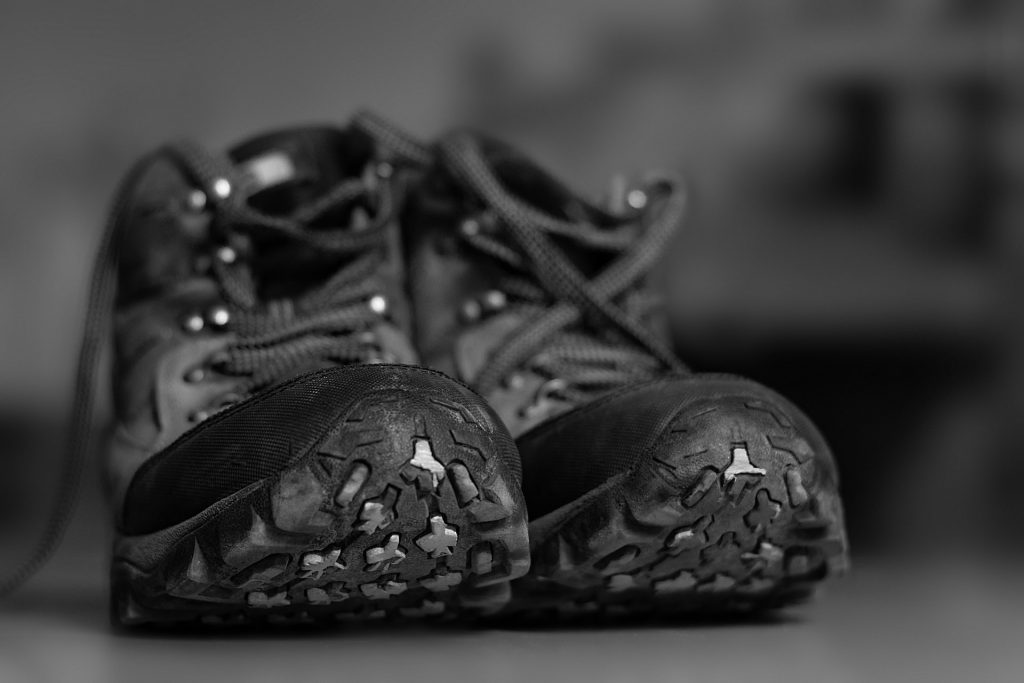
As cold days approach, one thing better than flexing with our boots is having added the right soles to them. Technically, boot soles are the most important part of the boots. Without them, you’d feel rocks, mud, leaves, and everything else touch your feet. Before you buy your boots, check on the type of soles they consist of, otherwise, you’d end up with hurt feet. Here’s a rundown of the types of boot soles and everything you need to know about them.
Leather Soles
Leather soles are known as the oldest and one of the most long-lasting soles. They have remained in fashion for thousands of years, so their designs have continuously been upgraded for the best fit. You can go anywhere with them, and they’d remain non-damaged. Some of the pros of the leather outsoles boots are that they protect your feet from sweating, they are flexible, and look elegant.. They are soft and are an ideal fit for any foot shape. But, when it comes to the cons, we can say that they are not your number one choice in wet weather since they are not waterproof.
You can find three types of leather soles, depending on what you’re looking for: single leather soles, double leather soles, and triple leather soles.
Single leather soles
If you’re more into classic fashion, then you might want to choose single leather soles for your boots. They are made of a single leather piece and are a perfect fit for formal occasions. They are smooth and glossy and allow your feet to breathe all the way. Also, they break in faster in comparison to other leather soles.
Double leather soles
Unlike single leather soles, double leather soles are made of two leather pieces, making them thicker than the former. This means that double leather soles are more suitable for everyday wear, and, they last longer. They are also stiffer and look a bit clunky.
Triple leather soles
Triple leather soles contain more layers, so they are stronger. Thanks to the additional layers, they may even outlast rubber soles. The pins from the stitch-welting process that look like decorative pieces strengthen the soles by making them of the highest quality and more durable than usual.
Rubber Soles
Another noteworthy choice on boot soles is rubber soles for boots. They seem to last more or less like leather soles. A perk of having rubber sole boots is that they are water-resistant. So, if your job requires hours of water exposure, you needn’t worry. Another benefit of having rubber soles is that you can use the same boots as your work, winter, and hiking boots, all in one.
Combination soles
Yes, you guessed it! Combination soles are a combination of leather and rubber. Practically the whole sole is in leather, but the rubber is attached to it at the heel and the toe part. They are durable and you can usually match them with your classy outfit.
Ridgeway Soles
Ridgeway soles are a type of rubber soles that are durable and strong. They have thick lugs and are lightweight. When you peek from the side, they look flat and simple. You can use them as your everyday footwear since they are flexible.
Dainite soles
Dainite soles are one of the most well-known rubber soles.. With disk-like lugs and smooth looks, dainite sole shoes will go with every modern outfit. Being sleek and flexible, these soles have great traction and last longer than you think. So, investing in a pair of boots with this type of sole will pay off.
Commando Soles
Commando soles, also made of rubber, are enduring, durable, and can withstand any weather. They are thick, heavy, and more convenient for non-formal wear. This means that they’d match with your sweaters and jeans, not your suit and tie. These soles have big lugs and look a bit clunky, but your workwear will always look bang up to date with them on.
Wedge Soles
Wedge soles are soles with an edge that lingers to the toes, which serves as both the heel and the sole. These soles have good traction since they are slip-resistant. They are a great option for people whose work includes walking on concrete (warehouse workers, mechanics, etc.), and who need comfortable work boot soles that provide a level of cushioning to the feet.
Cork Nitrile Soles
Made out of a mixture of rubber and cork, cork nitrile soles have great traction and are quite comfortable. They are flat and lightweight, which makes them ideal for casual wear. Also, they are slip-resistant, so if you happen to step on water or oil surfaces, you won’t have to worry. But, the lack of lugs and lines may make them inconvenient for winter weather.
Crepe Soles
Once you hear the squiggle sound, you know you came across crepe sole boots. The main part of crepe soles is rubber but has a squiggly design on the outermost layer of the sole. They are also known as plantation rubber, which is a cheaper form of rubber material that is mainly created when coagulated latex runs through the ‘crepers’ (heavy rolls). This is then left to air dry which makes the soles soft. They can get damaged easily and remind you of the slipper-like soles. They do not have great traction, but you can choose to wear them whenever you want to look modern and trendy.
Vibram Mini-Lug
Vibram Mini-Lug soles are rubber soles that are grippy and with a low profile. They are considered to be cheaper than most of the other boot soles, but they look fashionable on your everyday fits. With the mini-lug design, these soles would save a day when in doubt about what to wear.
During the boot season, it is important to have trendy and beautiful boots, but not as important as to know what type of soles those boots have. You need to choose strong, durable, and hard-wearing boot soles to feel comfortable all the way. You could also choose to wear boots with stylish soles from time to time, but not as your most reliable pair.



